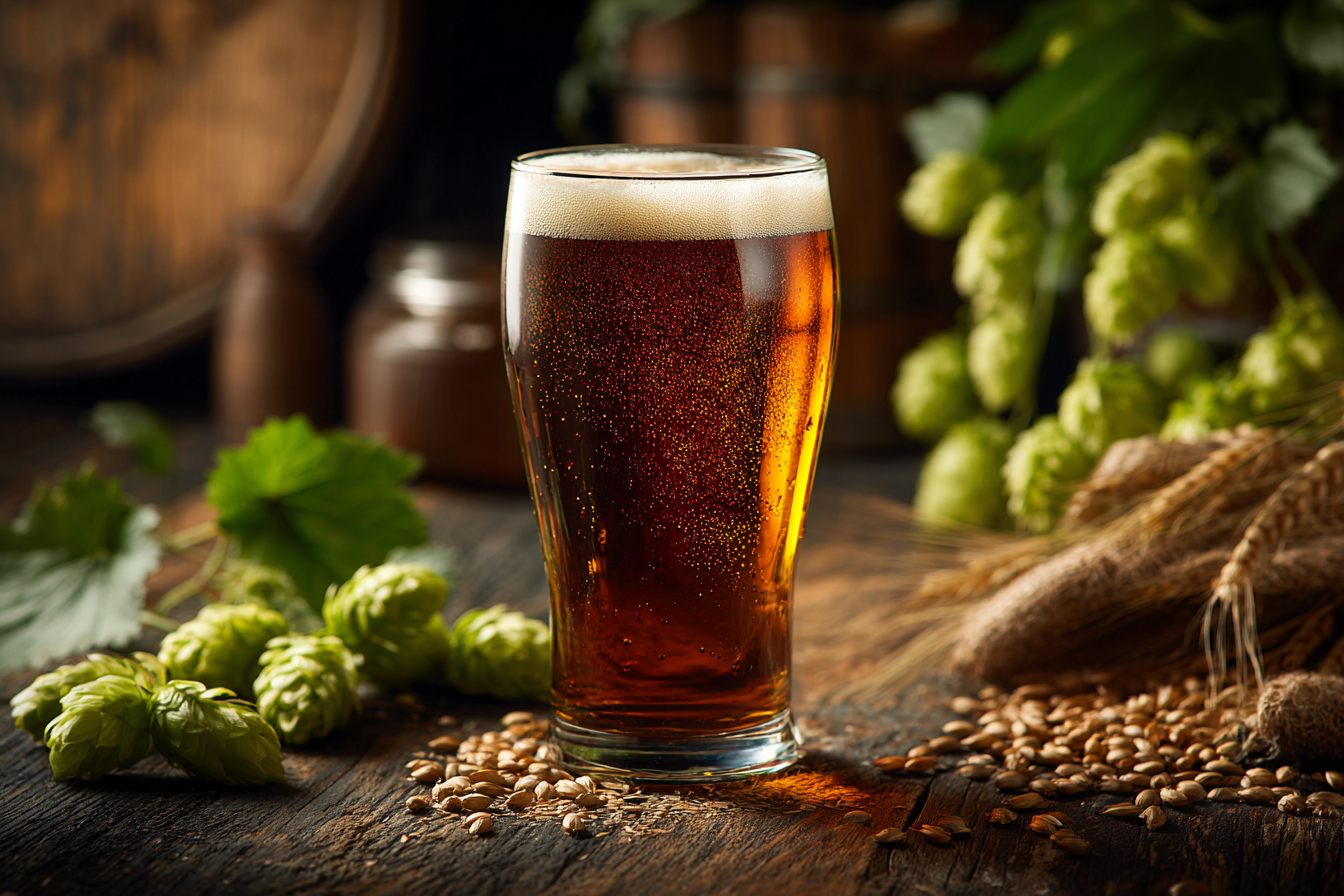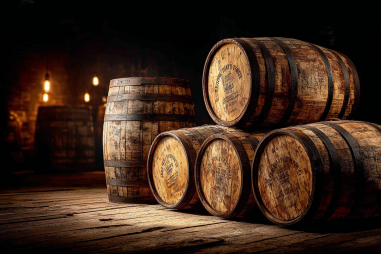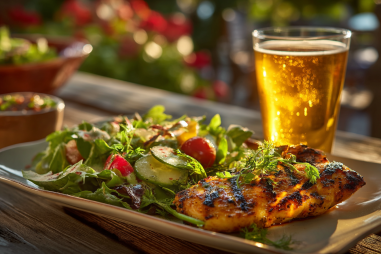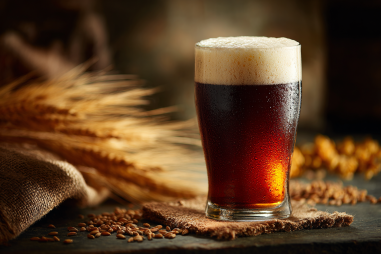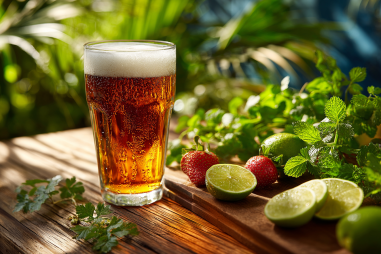English Pale Ale stands as one of the most iconic beer styles originating from Britain, known for its balanced and approachable flavors that have stood the test of time. Whether you’re a seasoned beer enthusiast or just beginning to explore traditional ales, understanding the English Pale Ale flavor profile can greatly enhance your appreciation of this classic brew. From its gentle malt sweetness to its characteristic earthy hop bitterness, every sip offers a layered sensory experience that reflects centuries of brewing heritage.
Overview of English Pale Ale
Originating in England during the 18th century, English Pale Ales have evolved from the early pale ales that were a departure from darker, heavier beers. They typically feature a medium body, moderate alcohol content, and a pleasant balance between malt and hops. The style gained immense popularity due to its refreshing qualities and drinkability, making it a staple in British pubs. Unlike its hoppier American counterparts, English Pale Ale showcases more subtle and earthy flavors, emphasizing harmony rather than intensity.
Malt Characteristics: Color, Sweetness, and Body
The backbone of any English Pale Ale is its malt profile, which largely determines the beer’s color, sweetness, and body. Traditional English malts, like Maris Otter, contribute a rich golden to amber hue that is visually inviting without being too dark or heavy.
When it comes to sweetness, these malts provide a gentle caramel or biscuity note that resonates on the palate but doesn’t overpower the hops. The sweetness can range from mild to moderately pronounced, depending on the specific brew and malt bill. This malt foundation also provides a medium-bodied mouthfeel, giving the beer some heft while maintaining a lively drinkability.
Hop Bitterness and Aroma Specifics
Hops play a pivotal role in setting English Pale Ales apart, especially through their personality in bitterness and aroma. Traditional English hop varieties such as East Kent Goldings, Fuggles, and Challenger are favored for their earthy, floral, and sometimes slightly spicy characteristics. These hops provide a moderate bitterness level that balances the malt sweetness without overwhelming the flavor.
In aroma, expect soft floral notes with tinges of herbal and sometimes a hint of citrus or pine, but in a restrained manner compared to more aggressively hopped pale ales. The hop presence is elegant and refined, adding complexity while harmonizing with malt and yeast contributions.
Yeast Influence on Flavor
Yeast is often an unsung hero in the flavor profile of English Pale Ales. English ale yeast strains are known for producing subtle fruity esters and a mild phenolic profile, which can add delicate hints of apple, pear, or sometimes even a faint spiciness reminiscent of clove. This yeast character brings an additional layer of complexity and rounds out the malt and hop flavors nicely.
Unlike many modern craft beers that might emphasize yeast-driven funky or tart notes, the yeast in English Pale Ale tends to stay balanced and understated, supporting the beer’s drinkability and traditional flavor presentation.
Mouthfeel and Finish
One of the hallmarks of English Pale Ale is its approachable mouthfeel, which is typically medium-bodied and smooth. The carbonation level is generally moderate, providing enough effervescence to lift the flavors and cleanse the palate without feeling too fizzy.
The finish of an English Pale Ale is clean with a gentle warming sensation from the alcohol. The bitterness often lingers softly but does not dominate, fading gracefully to leave behind a light malt sweetness and a subtle hop earthiness. This smooth finish encourages another sip and enhances overall enjoyment.
Typical Tasting Notes
When tasting English Pale Ale, you’re likely to encounter a series of classic flavor elements working in harmony:
- Malt: Caramel, biscuit, toffee, and mild breadiness
- Hops: Earthy, floral, herbal, with hints of spice and gentle citrus
- Yeast: Light fruitiness such as apple or pear, subtle spiciness
- Mouthfeel: Medium-bodied, smooth, moderately carbonated
- Finish: Clean, softly bitter, lingering malt sweetness
These notes work together to create a beer that is simultaneously flavorful and well-balanced, neither leaning too heavily on malt nor hops.
Food Pairings Based on Flavor Profile
The versatile flavor profile of English Pale Ale makes it an excellent pairing partner for a variety of foods. The malt sweetness complements roasted or caramelized flavors, while the modest hop bitterness cuts through richer or fattier dishes. Consider pairing English Pale Ale with:
- Classic British fare such as fish and chips or roast chicken
- Hearty stews or meat pies, where the malt balances the savory depth
- Sharp cheeses like aged cheddar, which interact nicely with the herbal hop character
- Grilled vegetables and light salads, leveraging the beer’s refreshing qualities
These combinations highlight different facets of the beer and enhance both the food and beverage experience.
How to Identify Authentic English Pale Ale Flavors
With the rise of diverse craft brewing styles globally, it can sometimes be tricky to pinpoint an authentic English Pale Ale. Here are some tips to help identify genuine flavors from this traditional style:
- Look for traditional English hop varieties: Yeast and malt are unlikely to mask the subtle earthy and floral hop notes characteristic of East Kent Goldings or Fuggles.
- Check for balance: Authentic English Pale Ales have a restrained bitterness and a prominent yet gentle malt sweetness, avoiding extremes on either end.
- Observe yeast character: Soft fruity esters and mild spice should be noticeable but not overwhelming.
- Evaluate the mouthfeel: Expect moderate carbonation and a smooth, medium-bodied finish rather than something overly dry or highly carbonated.
When a beer aligns with these markers, you can be confident that you’re enjoying a true representation of English Pale Ale.
Appreciating the Nuanced Flavor Profile
English Pale Ale’s enduring appeal lies in its elegance and subtle complexity. Rather than making a bold statement with intense bitterness or lofty alcohol content, it invites drinkers to savor a harmonious blend of malt, hops, and yeast flavors. Its versatility makes it approachable for novices, yet its nuanced character fascinates seasoned beer lovers. Next time you pour a glass of English Pale Ale, take a moment to appreciate its layered flavors – the warm malt backbone, the delicate hop aroma, the gentle yeast notes, and the satisfying mouthfeel. It’s a timeless style that embodies the rich brewing traditions of England and offers an enduring taste experience.

